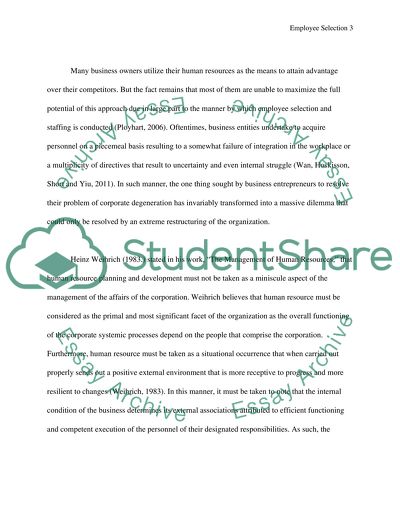Cite this document
(“Factors that Influence Employee Selection Research Paper”, n.d.)
Retrieved de https://studentshare.org/psychology/1392868-factors-that-influence-employee-selection
Retrieved de https://studentshare.org/psychology/1392868-factors-that-influence-employee-selection
(Factors That Influence Employee Selection Research Paper)
https://studentshare.org/psychology/1392868-factors-that-influence-employee-selection.
https://studentshare.org/psychology/1392868-factors-that-influence-employee-selection.
“Factors That Influence Employee Selection Research Paper”, n.d. https://studentshare.org/psychology/1392868-factors-that-influence-employee-selection.


